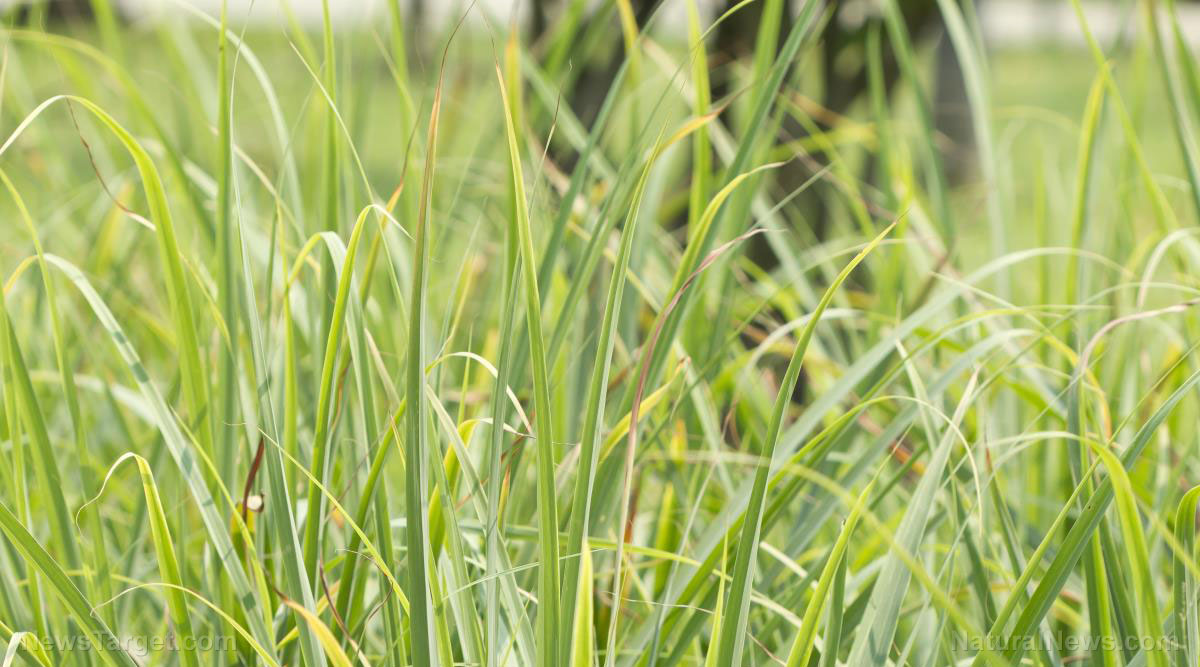Older patients can still maintain their mobility if they take proper calcium and vitamin D supplements
06/13/2018 / By RJ Jhonson

As one gets older and the body becomes frailer, the risk of falls and having fractured hips increases. A randomized trial conducted in France proved that calcium and vitamin D can help older adults develop stronger bones and thus, become more resistant to fractures caused by accidents.
The subjects of the trial were older women aged 69 to 106 years old at entry. The study used a set of inclusion and exclusion criteria for uniformity.
The subjects had to be living in a nursing home or a similar house for aged people and had to be be capable of walking independently or with a stick. They also had to have a life expectancy of at least 18 months and should not have had any serious medical condition.
Individuals taking corticosteroids, thyroxine, or anticonvulsants within the last year were excluded from the study. The same was true for those who had been treated with fluoride salts for more than three months, as well as those who were treated with calcium and vitamin D over the last six months.
Some subjects received 1.2 grams of calcium (tricalcium phosphate) to be taken every day during lunchtime, while others were given matched placebos. Because French dairy products are not fortified with vitamin D, those in the calcium group also received 20 ?g of vitamin D3 as part of their daily regimen.
To gauge any progress, the women’s clinical status and dietary calcium intake were assessed. Several more rounds of evaluation followed after six, 12, and 18 months. The occurrence of any fractures and other untoward events were noted. Another assessment was conducted 36 months after the trial began.
The power of the elements: Discover Colloidal Silver Mouthwash with quality, natural ingredients like Sangre de Drago sap, black walnut hulls, menthol crystals and more. Zero artificial sweeteners, colors or alcohol. Learn more at the Health Ranger Store and help support this news site.
The researchers found a reduced number of hip and other types of fractures at 18 and 36 months with data recorded during the latter being twice as good as those noted in the former. This meant that continuous treatment improved the benefits gained by the subjects.
Some of the women had their bone density measured and recorded as part of the study. The researchers found a three percent increase in bone density in the treated group. The untreated group, on the other hand, experienced a loss of five percent in bone density.
The study proved that by taking calcium and vitamin D, it’s possible for an older person to remain mobile and more resistant to injury.
But is prevention better than cure? Wouldn’t it be more cost-effective to just treat hip fractures than spend on additional calcium and vitamin D supplements? According to data, treating and taking supplements long-term for fracture prevention cost about the same. Cost, however, is not necessarily synonymous with worth.
Hip fractures pose a serious risk on an older person’s safety and quality of life. Even after treatment, a sufferer may not be as independent as he or she once was. In contrast, prevention helps maintain a good quality of life. It offers more and better benefits by keeping older people mobile and more capable of enjoying a more positive outlook.
Sources of calcium and vitamin D
When it comes to obtaining nutrients, nothing beats natural sources. Below are some calcium-rich food items that can be taken by older people:
- Sardines and salmon – These fish provide a healthy supply of calcium, thanks to their edible bones. They also contain fatty acids for healthy skin, heart, and brain.
- Almonds – Among nuts, almonds contain the most calcium. They also have vitamin E, protein, and magnesium.
- Leafy greens – Collard greens, kale, and spinach are rich in many nutrients, including calcium.
- Yogurt – A cup of yogurt offers plenty of calcium, as well as B-vitamins, protein, and potassium for controlling blood pressure.
- Seeds – Poppy, sesame, chia, and celery seeds are great sources of calcium, good fatty acids, and protein.
Vitamin D is found in food sources like eggs and fatty fish. One can also get a daily dose of this vital nutrient through exposure to the sun. However, it is important that this is done moderately and only during mornings, as too much sun exposure can cause sunburns and even skin cancer.
Learn why natural remedies are the best for the body at Remedies.news.
Sources include:
Tagged Under: balanced diet, bone density, bone health, calcium, elderly, nutrients, nutrition, seniors, stronger bones, supplements, vitamin D




















